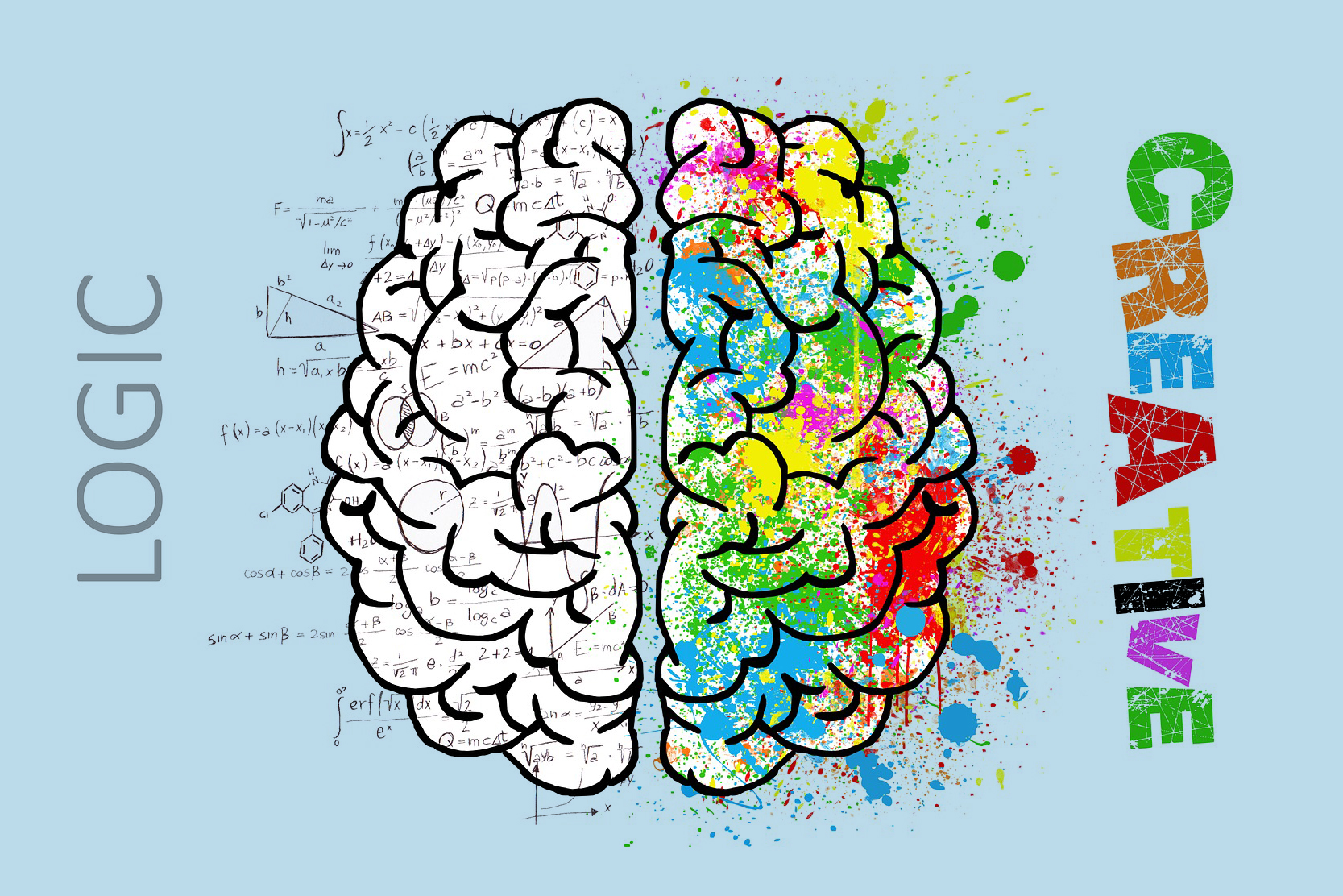Why People Feel Safer With Longer URLs – The Ambiguity Effect

The ambiguity effect is a type of cognitive bias that outlines how people avoid options that they perceive to be unclear or lacking in information
Researchers at Salesforce investigated the use of URL shorteners as part of their study. They discovered that, although URL shorteners are more aesthetically pleasing, full-length URLs were three times more popular.
Participants in a study by Heath and Tversky were instructed to pick a ball from a container and then guess its colour. If they successfully predicted the outcome, they would receive a financial reward. There were 50 red and 50 green balls in one container, while the other contained a random mix of both types of balls in it. Most individuals chose the container with 50 balls of each colour, even though it was equally likely to pick either colour from either container.

Because we associate missing information with negative information, ambiguity bias occurs.
The ambiguity effect is a type of cognitive bias that outlines how people avoid options that they perceive to be unclear or lacking in information. Our aversion to uncertainty leads us to prefer options where the likelihood of the desired outcome is known in advance.
The Impact on Persons
Due to the ambiguity effect, we may not be able to give equal consideration to two viable possibilities. These factors affect the decisions we make. We may instantly reject something because we fear putting our faith in the unknown, believing it to be too risky. Because of this cognitive bias, we are unable to gain from more risky judgments in the long run.
Risk aversion and this type of bias are quite similar, but the two are distinct because of the amount of information the decision-maker has access to. The ambiguity effect happens when we are uncertain about which of two outcomes is most likely, while risk aversion arises when we are more likely to choose the option with the lower reward but the larger chance of success. Choosing options that are perceived as dangerous can hinder our ability to make smart selections in both circumstances.
The Impact in a Group
Ambiguity has a wide-reaching influence. As a result of this reluctance, institutions like schools, businesses, and governments, might lead to continue to implement policies and programmes that have no hope of change. This occurs because, even though these changes have the potential to improve the system, there is no way to guarantee that they will not go wrong and leave us worse off than before. As inefficient as the current system is, clinging to what we know makes us feel safer than trying anything new. Ignoring these calls to action and refusing to take a risk can have serious consequences for institutions and the people they are supposed to assist.
The Reason for this Occurrence
There are various hypotheses as to why the ambiguity effect occurs, just as there are for other cognitive biases. A rule of thumb can be effective in making quick and easy decisions and addressing problems. Another reason for this prejudice is because those who are more prone to ambiguity aversion, a common human trait, are more likely to display it.
General Rule
The ambiguity effect is thought to be the outcome of a heuristic employed to make decision-making easier. Heuristics are useful tools for outlining broad problem-solving strategies. Using this method, you’ll be able to arrive at a decision fast and easily. Because they are frequently correct, heuristics have persisted for as long as they have. While they can be helpful in certain situations and situations, they can also lead to incorrect conclusions if logic and reason aren’t used properly.
The ambiguity effect might be seen as a form of adaptive response. Options that leave too much to the imagination are less appealing to consumers than those about which they are well-informed. This can help us avoid choices about which we have too little knowledge to make an informed decision. If the ambiguity effect works in our favour, it may prompt further investigation into our uncertain choice to improve our decision-making process.
In some cases, this general rule of thumb is right on the money. To be clear, relying too heavily on this heuristic isn’t a good idea. A form of framing effect, the ambiguity effect may be used to make any option appear ambiguous or unambiguous by attracting attention to or away from particular unknown components of it. So, it’s impossible to know everything about a certain option. An individual’s “lack of imagination about what information one could have” can lead them to believe they do. Using this heuristic, however, makes decision-making easier, but it isn’t nearly dependable or effective enough to be employed in all cases. Make no mistake, this is especially true when it comes to making important judgments.
Ambiguity aversion varies from person to person. The ambiguity effect is more likely to occur in those who score higher on this attribute. The ambiguity effect can’t be fully explained because we don’t know why certain people are more prone to ambiguity aversion than others.

Deal with Ambiguity and Avoid Being Misled by Curiosity
Clarity is the primary means of combating ambiguity bias. People will feel more at ease if you make it plain to them what benefits they will receive from everything you provide to them. People are more likely to trust your recommendation if it is presented clearly and concisely. Relatable statistics can help attain this goal. To showcase the success of a service or product, statistics are a wonderful way to do it because they show what has already happened. Don’t reference anything that the person doesn’t care about or that isn’t relevant to them, but rather relevant to them.
Assure that you can be trusted and that you will help others learn to trust you. A person can feel more secure by offering a promise.
To clarify and address any doubts. Excellent customer service is necessary, as is establishing trust with the individual you are serving.
Decision-making is often influenced by a dislike of uncertainty, and this can be used in marketing to your advantage. In turn, this makes people wary of new experiences and impedes their capacity to see the long-term rewards of risky decisions.
Even if they aren’t the best option, customers prefer more predictable solutions. A lot of factors must be taken into account to encourage customers to experiment with new products
- Make the cost of the product or service crystal apparent.
Even while it’s a good idea to separate things like shipping fees, municipal taxes, and the like, make it plain how much customers are ‘risking’.
In particular, using a multibuy to assist the launch of a new food product is usually not a good idea. The customer shouldn’t have to “risk” buying two items if they are unsure of whether they would enjoy the first one.
- Minimize all dangers.
Ambiguity’s negative effects can be minimised by lowering people’s perceptions of danger. This can be accomplished by offering customers a return policy, warranty, or period during which they can request a refund.
- Include the opinions of respected experts.
Use an “expert” if you don’t have all the information your customers need to make an educated purchase (think dentist in toothpaste adverts)

Some More Examples
Consider this bias if you are a marketer, as potential customers may choose your competition over yours because they know other companies that offer the same service. You may lose a sale even if your product is outstanding because the buyer is uneasy or lacks the trust necessary to make a purchase.
Think about call-to-action buttons like “continue” and “click here,” and you’ll see that they don’t clarify what occurs when you click them. This ambiguity is not only confusing, but it may also be affecting the user’s experience with your service in a negative way.
It’s important to keep in mind if you’re a salesperson that the individual you’re pitching to may have no prior knowledge of you or your company. The fact that you know your product, business, and offers inside and out can be easy to forget at times, but others may not. A good example of removing uncertainty while still appealing to people’s curiosity bias is a company that offers a “money-back guarantee” or “free trial periods.”



